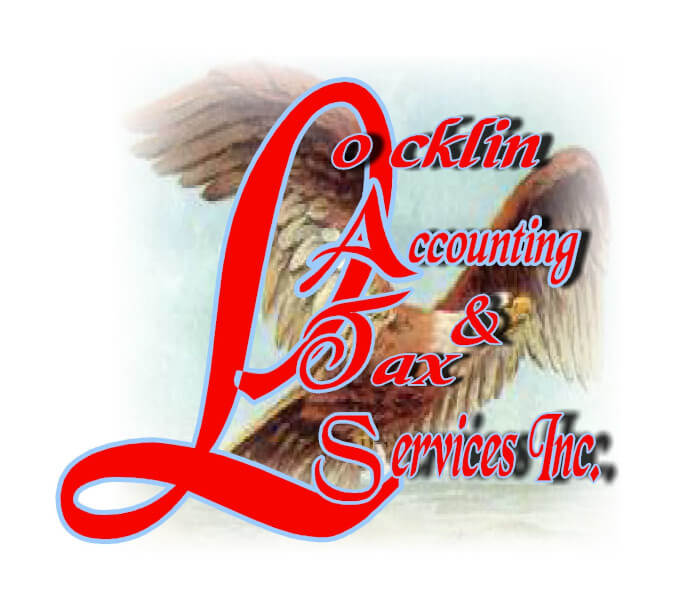There are many ways people plan for retirement. Individual Retirement Arrangements, or IRAs, are a common one. IRAs provide tax incentives for you to make investments that can provide financial security for you and your family once you retire. These accounts can be with a bank or other financial institution, a life insurance company, mutual fund, or a stockbroker.
Traditional IRAs
Here are some things you should know about traditional IRAs:
- A traditional IRA is a tax-advantaged personal savings plan where contributions may be tax deductible.
- Generally, the money in a traditional IRA isn’t taxed until it’s withdrawn.
- There are annual limits to contributions depending on your age and the type of IRA.
- When you’re planning when to withdraw money from an IRA, you should know that:
- You may face a 10% penalty and a tax bill if you withdraw money before age 59½, unless you qualify for an exception.
- Usually, you must start taking withdrawals from your IRA when you reach age 72. For tax years 2019 and earlier, that age was 70½.
- Special distribution rules apply for IRA beneficiaries.
Roth IRAs
A Roth IRA is another tax-advantaged personal savings plan with many of the same rules as a traditional IRA but there are exceptions:
- A taxpayer can’t deduct contributions to a Roth IRA.
- Qualified distributions are tax-free.
- Roth IRAs don’t require withdrawals until after the death of the owner.
Other Types of IRAs
Although Traditional IRAa and Roth IRAs are the most commonly used types of IRAs, there are a few other types of IRAs that you might encounter:
- Savings Incentive Match Plan for Employees. A SIMPLE IRA allows employees and employers to contribute to traditional IRAs set up for employees. It is suited as a start-up retirement savings plan for small employers not currently sponsoring a retirement plan.
- Simplified Employee Pension. A SEP IRA is set up by an employer. The employer makes contributions directly to an IRA set up for each employee.
- Rollover IRA. This is when the IRA owner receives a payment from his or her retirement plan and deposits it into a different IRA within 60 days.
So there you have it – some of the most common types of IRAs that you might run into. If you have questions about using an IRA to save for retirement, or about setting one up, please contact our office. We would be happy to help.
This article carries no official authority, and its contents should not be acted upon without professional advice. For more information about this topic, please contact our office.
